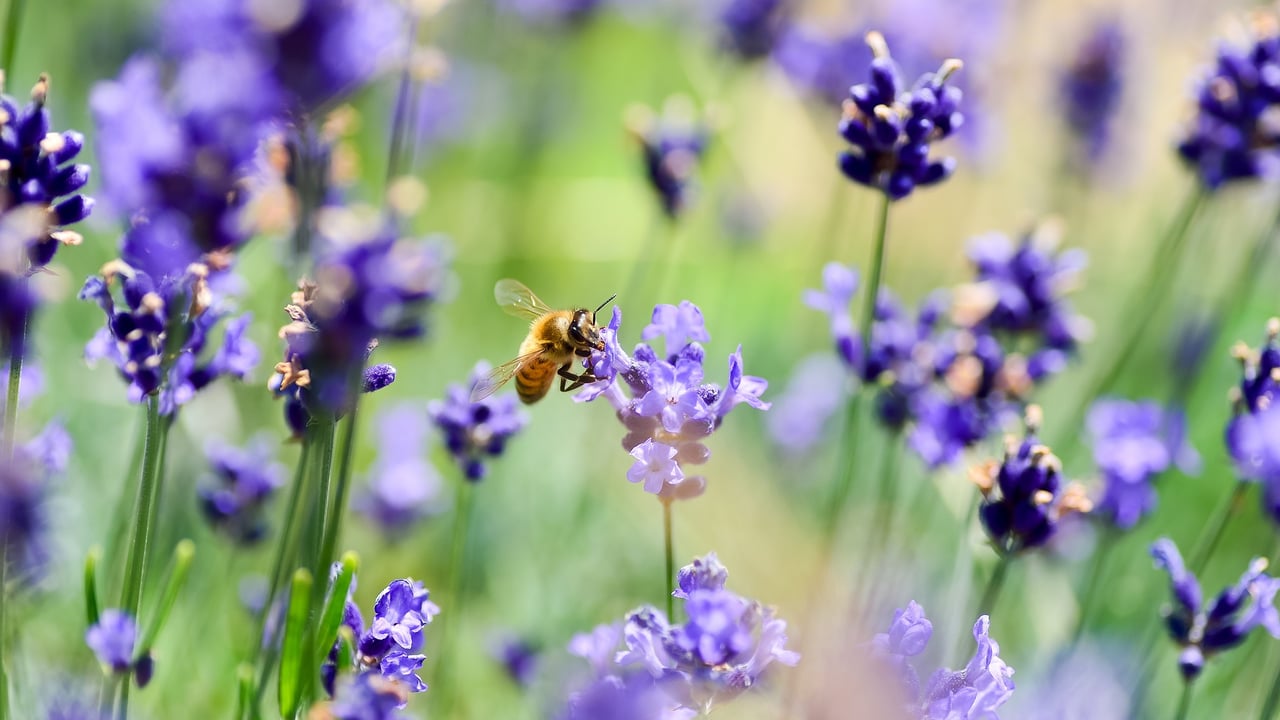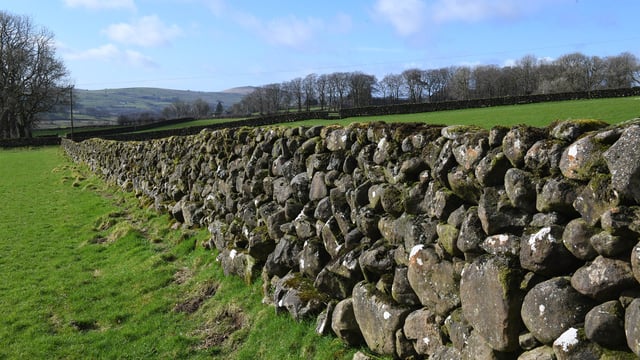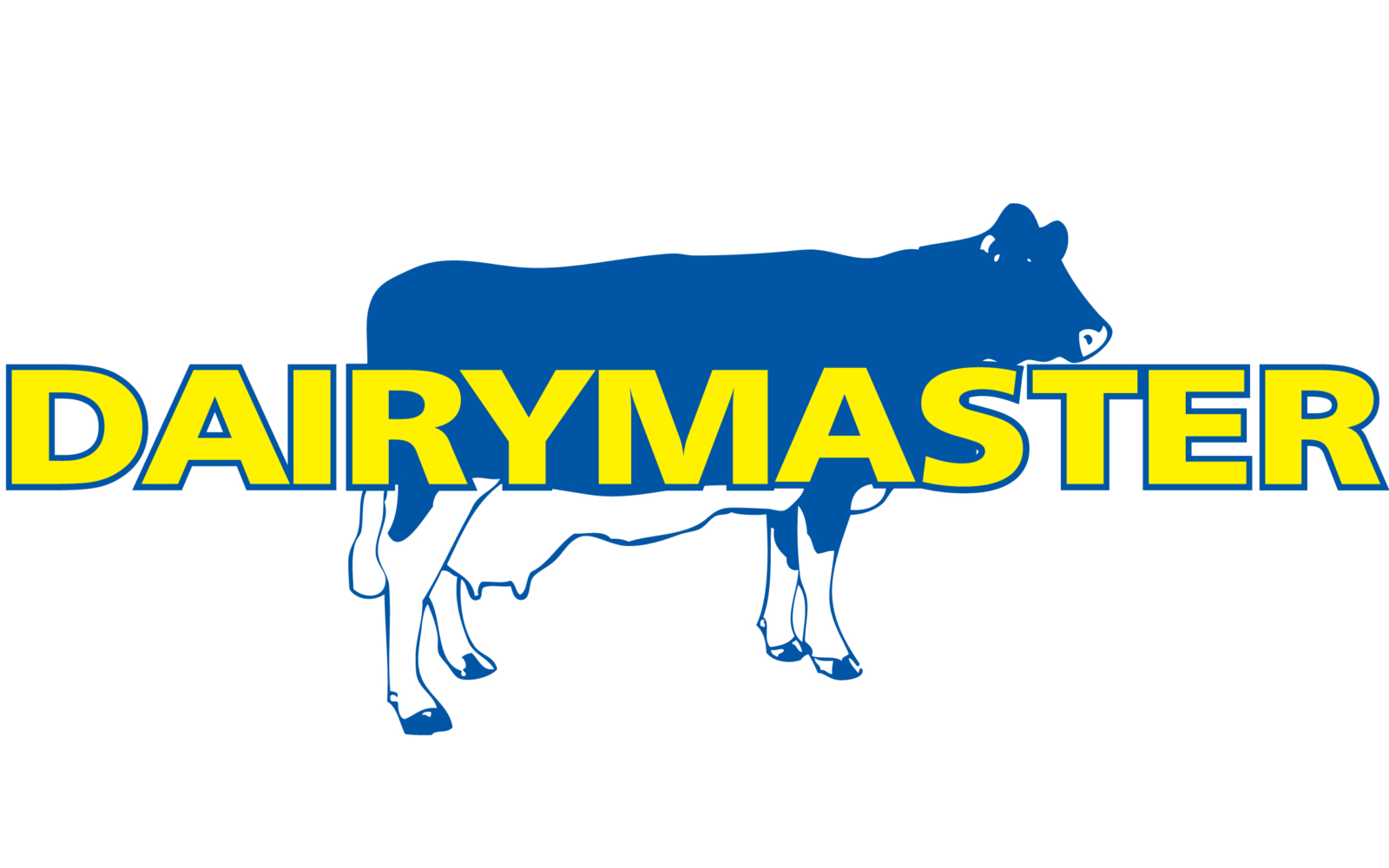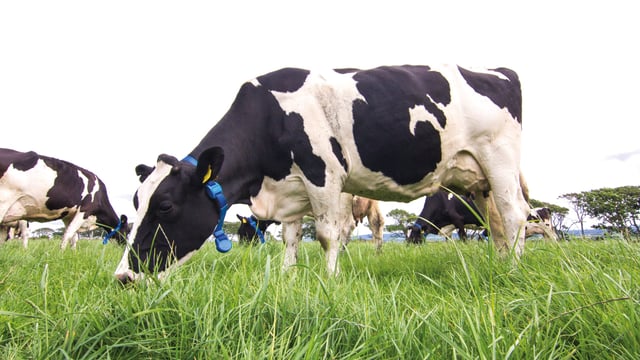Plans to track farmland biodiversity in National Farm Survey
Teagasc is working on a new system to track biodiversity on farmland for the first time in its National Farm Survey.
The development was discussed at an open day at the Teagasc Environment, Soils and Land Use Research Centre, Johnstown Castle, Co. Wexford yesterday (Tuesday, July 16).
The National Farm Survey (NFS) has been conducted on an annual basis by Teagasc since 1972.
As part of the survey, a random, nationally representative sample of between 1,000 and 1,200 farms is selected annually.
It fulfills Ireland’s statutory obligation to provide data on farm output, costs and income to the European Commission.
There is currently no regular, repeated national scale monitoring of habitats or biodiversity on farmland in the wider countryside.
Teagasc said that the inclusion of a biodiversity metric in the NFS would provide an initial baseline assessment of habitat quantity and diversity on different types of Irish farming systems.
The habitat assessment will link a biodiversity indicator with the series of agronomic, economic, environmental and social data already collected by the survey.
Teagasc is aiming to use satellite derived land cover mapping to quantify habitat area and measure change over time on the representative set of farms in the survey.
It said that repeated assessment would show whether and how habitat biodiversity on different types of Irish farms is changing through time and in response to national and EU policy objectives.
The addition of the new metric into survey would also help develop the inclusion of biodiversity in the planned development of the new EU Farm Sustainability Data Network(FSDN).
The open day heard that biodiversity provides us with clean air, fresh water, good quality soil, crop pollination and helps to fight climate change.
Teagasc said that maintaining a diversity of species is important as different species benefit the planet in different ways.
Research has shown that a higher species richness (diversity) of pollinators can contribute to increased pollination and increased pest control, which increases crop seed yield and economic value.
However, those attending the open day heard that biodiversity is "declining at an alarming rate".
Teagasc suggested three steps to protect farmland biodiversity while maintaining a productive farm business:
- Identify what is already there;
- Maintain, enhance, diversify and connect existing habitat;
- Create new habitat.
The event heard that hedgerows are vital for maintaining farmland biodiversity as they provide food, safety and shelter and act as important roadways to allow many species to travel throughout the countryside.
Teagasc said that less intensive management practices of hedges could enhance carbon stocks and bigger hedgerows have higher carbon stocks.





